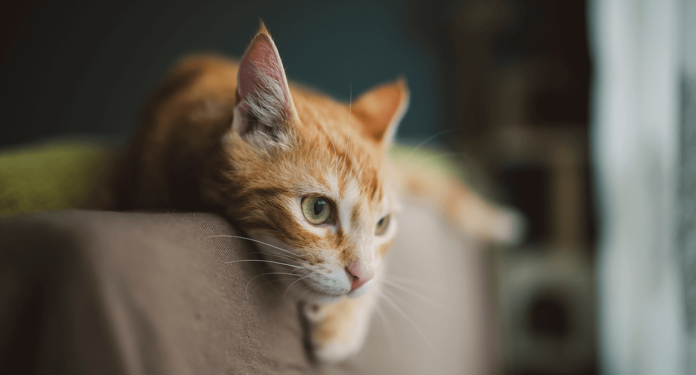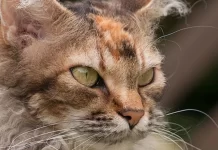Last Updated on March 2, 2024 by Fumipets
Salt in Cat Food
If you feed your cat a well-balanced, full commercial cat food, he’ll receive his daily dosage of salt, which may be a little more than he needs. His body needs salt to operate correctly, but too much salt may be harmful, even fatal.
How Much Is Enough?
Salt, also known as sodium chloride, is required for your cat’s body to operate correctly, therefore it should be included in his diet. Salt aids in the movement of nutrients and waste materials through your cat’s cells, as well as the production of the appropriate amount of acid in his stomach for healthy digestion. Average-sized cats need approximately 21 mg of salt per day, according to the Journal of Nutrition. Many cat diets have greater amounts. The National Research Council advises a daily intake of no more than 42 milligrammes.

Salt In Cat Food
Although not all brands show you the precise amounts, salt in cat food should be mentioned on the label. Look for hidden salt in the ingredient list; anything with “sodium” in the name is a kind of salt. If you can’t locate the salt percentages stated on the labels, ask your veterinarian for low-sodium suggestions. Check the labels on your treats as well. Even if you feed your cat low-sodium cat food, you may be giving him too much salt in the form of treats. If you also feed your pet goodies from your plate, he may be exposed to even more salt.
If you also feed your pet goodies from your plate, he may be exposed to even more salt.

Canned Vs Dry
Salt, both canned and dry, improves the flavour of food while also acting as a preservative. Because salt helps the food remain fresher longer after it’s been opened, dry food is more likely to have a greater salt content than canned food. Canned food should be consumed right away. Because cats receive a portion of their water from their food, canned food is an essential component of their diet.

Dangers Of Salt
Too much salt may be harmful to your kitty’s health. Their electrolytes become unbalanced as a result of the salt, and their cells refuse to function properly. Salt poisoning symptoms include walking when inebriated, vomiting, diarrhoea, excessive thirst or urination, and seizures. If you don’t treat your pet within 24 hours, he may die, so take him to the doctor right away if you think he’s had too much salt. IV fluids and electrolyte balance may be administered by the veterinarian. Remember that salt may be found in items other than food that your cat eats, such as modelling clay, sea water or water from your saltwater aquarium, or rock salt that clings to his feet when he walks outdoors in the snow.
https://www.youtube.com/watch?v=ZRJRmw6uIBo


















